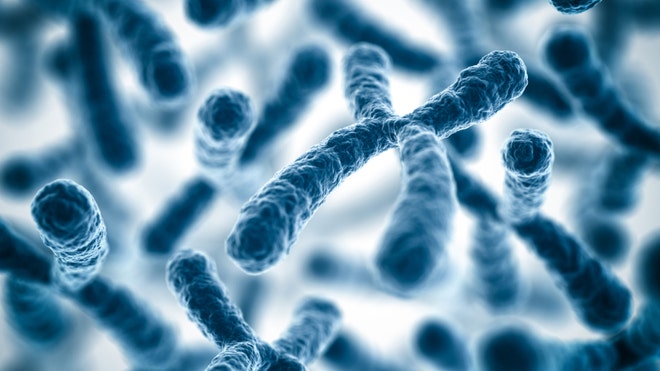
Mrs Gedda, from Essex, is among 200 patients being enrolled on a gene therapy trial to test whether introducing genetic material into damaged heart cells can improve their function
It is 18 months since Carol Gedda suffered a massive heart attack. It left her with just 20% of her heart functioning. “I have a lot of trouble with stairs, and sometimes I can even run out of breath in a conversation”, says Mrs Gedda, who is 65.
She is one of at least 750,000 people in the UK with heart failure. It occurs when the heart is damaged and becomes unable to pump blood adequately.
There are treatments for the condition but nothing so far that can reverse the damage.
Mrs Gedda, from Essex, is among 200 patients being enrolled on a gene therapy trial to test whether introducing genetic material into damaged heart cells can improve their function.
Researchers at Imperial College London found that levels of the protein SERCA2a are lower in patients with heart failure.
Royal Brompton Hospital in London, where Mrs Gedda is being treated, is one of only two British centres taking part in the international study; The Golden Jubilee National Hospital in Glasgow is also involved.
Before joining the trial Mrs Gedda had baseline measurements taken for her fitness.
She walked up and down a 30m hospital corridor for six minutes – the distance she travelled was noted by one of the hospital researchers.
Her heart function was also analysed.
At Royal Brompton, the gene therapy is delivered at the NIHR biomedical research unit, via a coronary angiogram under local anaesthetic.
Trojan horse
The researchers have ‘hidden’ the gene inside a genetically modified virus which is able to latch on to heart muscle cells but is believed to be entirely harmless.
The virus acts like a Trojan horse, delivering the extra DNA into the nucleus of the heart cells.
The hope is the gene will prompt the heart cells to produce more of the SERCA2a protein and repair some of the damaged heart muscle.
Half of the patients will receive the gene therapy, while the rest will get a placebo or dummy drug.
“I’m delighted to be on the trial,” says Mrs Gedda. ” Of course I don’t know whether I’ve received the gene therapy or the placebo but it is exciting to be part of it. I have three sons and my heart problem is partly genetic so it could be helpful to my family in the future.”
The trial, known as CUPID2, is funded by the US biotechnology company, Celladon. It will be around three years before the results are known.
Dr Alexander Lyon, British Heart Foundation senior lecturer and consultant cardiologist at Royal Brompton hospital and Imperial College stresses that the treatment is far from being a cure, but says there is great excitement about the trial.
“A few patients in the United States who received the same dose we are using appear to have done extremely well.
“Importantly, early trials suggest the treatment is safe. But we need this large study before we can be sure the gene therapy really works. If we could find an effective treatment, that would be very exciting.”
David Palmer, from Norfolk was the first patient in the UK to have the treatment.
The left side of his heart is enlarged and he suffers arrhythmias – irregular heart rhythms.
He said: “My heart is forever jumping out rhythm – I don’t pass out just feel faint and very weak.
“Once I fell into a fridge in Sainsburys. I wasn’t hurt but it was a bit embarrassing.”
Mr Palmer, aged 50, says he is unsuitable for a heart transplant because he has had the condition so long, which leaves the gene therapy trial as his best hope:
“For people like me who are in the last chance saloon it gives us the opportunity to stabilise our condition and live that bit longer. It’s far from being a cure but if it works then it would be a major advance for huge numbers of patients.”
Source: http://www.bbc.co.uk/news/health-23962607



 For people with trisomy 21 – more commonly known as Down syndrome – learning and remembering important concepts can be a struggle, since some of their brain’s structures do not develop as fully as they should.
For people with trisomy 21 – more commonly known as Down syndrome – learning and remembering important concepts can be a struggle, since some of their brain’s structures do not develop as fully as they should.



